What are perinatal mood and anxiety disorders?
Here’s an excerpt from a new book by Praeclarus author Kristina Cowan examining symptoms and risk factors.

“Postpartum depression” often is used as an umbrella term for the different anxiety and mood disorders associated with childbirth. Though it’s just one of the disorders, many people have at least heard of it. Still, they might not understand the specifics, especially if they haven’t experienced it, or know someone who has.
Mainstream media tends to focus on extreme cases, such as that of Andrea Yates who drowned her five children (Belluck, 2014), cases where a mother harms her child, children, or herself. TV news coverage highlights the horror while eclipsing important details. For instance, Yates suffered from postpartum psychosis—not postpartum depression. Psychosis is relatively rare, and few of those who experience it harm their children or themselves: they get treatment, they recover, and they go on to lead productive lives.
Unless we make these distinctions between psychosis and postpartum depression, the public will continue to draw incorrect conclusions. It’s as easy as it is unfair to transfer those assessments to other women. Walling them in with our own suspicions and fears, we treat them as if they’re a threat to their children, themselves, or both. By doing so, we give stigma an undeserved license to continue silencing women. Afraid of being branded as crazy, unfit mothers, they don’t speak up and get the help they need. They often get worse, and their families languish as a result.
It’s a senseless spiral: sensationalized cases breed misinformation, which drives stigma that holds women captive, and bars them from getting medical attention. To break this pattern, we must first pull apart the sometimes confusing terminology of perinatal mood and anxiety disorders (PMADs), and offer clear, simple definitions.

PMADs can surface during pregnancy, or up to a year after childbirth. During pregnancy they’re called prenatal, antenatal, or antepartum. After a baby is born, they’re dubbed postpartum or postnatal. Some mothers develop more than one, so it’s important to be aware of the various symptoms and risk factors, and how common they are. Below is a list of five major PMADs:
- Prenatal/postpartum depression (PPD) can involve feelings of anger, sadness, irritability, guilt, lack of interest in the baby, changes in eating and sleeping habits, trouble concentrating, hopelessness, and sometimes, thoughts of harming the baby or oneself.
- Prenatal/postpartum anxiety (PPA) may be characterized by extreme worries and fears, often about the baby’s health and safety. Some women have panic attacks, shortness of breath, chest pain, dizziness, a feeling of losing control, and numbness and tingling.
- Prenatal/postpartum obsessive-compulsive disorder (OCD) might include repetitive, upsetting, and unwanted thoughts or mental images, known as obsessions. A woman also may have compulsions, where she does certain things over and over to reduce the anxiety caused by the unwanted thoughts. She is extremely disturbed by the thoughts, and very unlikely to ever act on them.
- Postpartum posttraumatic stress disorder (PTSD) is often caused by a traumatic or frightening childbirth, or past trauma, particularly sexual abuse. Symptoms can include flashbacks to the trauma, with feelings of anxiety, and the need to avoid things related to the event.
- Postpartum psychosis (PP) is a break with reality. Women might see and hear voices or images that others can’t, called hallucinations. They may believe things that aren’t true and distrust those around them. They can encounter periods of confusion and memory loss, and seem manic. Though it’s relatively rare, psychosis is a severe, dangerous condition that needs immediate attention (Postpartum Support International, n.d.).
I take a closer look at each of these in the chapters ahead, through real-life cases, research, and expert perspectives. From this point, I use “PMAD” (perinatal mood and anxiety disorder) and “perinatal mood disorder” as general terms to refer to the different illnesses.
Two other conditions I won’t explore in-depth are postpartum stress syndrome (PSS) and bipolar mood disorder.
 About one in five women experience PSS, the most common postpartum emotional reaction, but it isn’t as severe as postpartum depression. It involves feelings of anxiety, self-doubt, and a strong desire to be a perfect mother. Some women with postpartum stress syndrome develop clinical depression, but others don’t (Kleiman & Raskin, 2013).
About one in five women experience PSS, the most common postpartum emotional reaction, but it isn’t as severe as postpartum depression. It involves feelings of anxiety, self-doubt, and a strong desire to be a perfect mother. Some women with postpartum stress syndrome develop clinical depression, but others don’t (Kleiman & Raskin, 2013).
Postpartum depression expert Karen R. Kleiman explains that PSS is synonymous with the term “adjustment disorder,” as defined by the 5th edition of the Diagnostic and Statistical Manual of Mental Disorders (DSM-5). The DSM-5 says that adjustment disorders are characterized by “emotional or behavioral symptoms in response to an identifiable stressor.” The stressor could be one event, or more than one (American Psychiatric Association, 2013).
“Women with PSS generally don’t need medication, and may or may not need or want therapy,” says Kleiman, founder of The Postpartum Stress Center in Pennsylvania, a treatment and professional training center for prenatal and postpartum depression and anxiety. In treating PSS patients, she makes sure they are sleeping well, connecting with their partner, and maybe joining support groups for mothers: “We see a lot of women who don’t have clinical depression, but have an adjustment disorder.”
Bipolar mood disorder involves two phases: lows and highs. The lows are called depression, and the highs are known as mania or hypomania. Many women are diagnosed for the first time with bipolar depression or mania while they’re pregnant, or postpartum. The disorder may appear as a severe depression, so women need evaluation and follow-up on past and current mood changes and cycles to determine if there’s a bipolar dynamic (Postpartum Support International, n.d.).
The rest of this chapter examines trauma and postpartum PTSD. I focus first on this topic because threads of trauma run through all mood disorders. A traumatic birth, for instance, might lead to a mood disorder, and the illness itself is a form of trauma. An increased knowledge of trauma enables us to acknowledge how common it is. Recognizing the commonality will, ideally, help us drop our fears of admitting that at some point—even with the births of our beloved children—we endure trauma.
Dr. Bessel A. van der Kolk, an international expert on posttraumatic stress since the 1970s, offers a clear explanation of what it means to be traumatized:
In the long term, the largest problem of being traumatized is that it’s hard to feel that anything that’s going on around you really matters. It is difficult to love and take care of people and get involved in pleasure and engagements because your brain has been re-organized to deal with danger. It is only partly an issue of consciousness. Much has to do with unconscious parts of the brain that keep interpreting the world as being dangerous and frightening and feeling helpless. You know you shouldn’t feel that way, but you do, and that makes you feel defective and ashamed (Bullard, 2014).




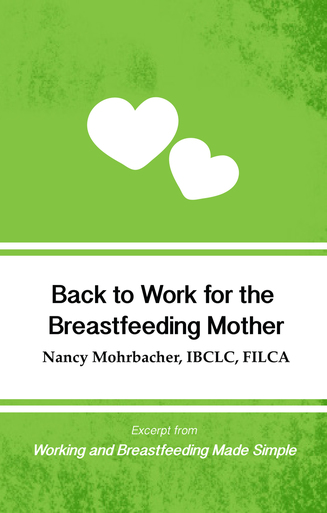
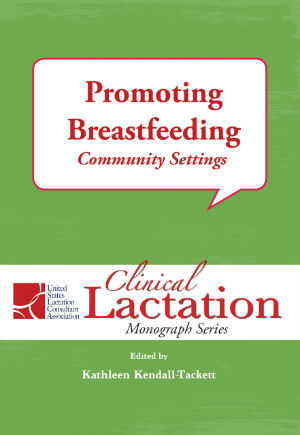
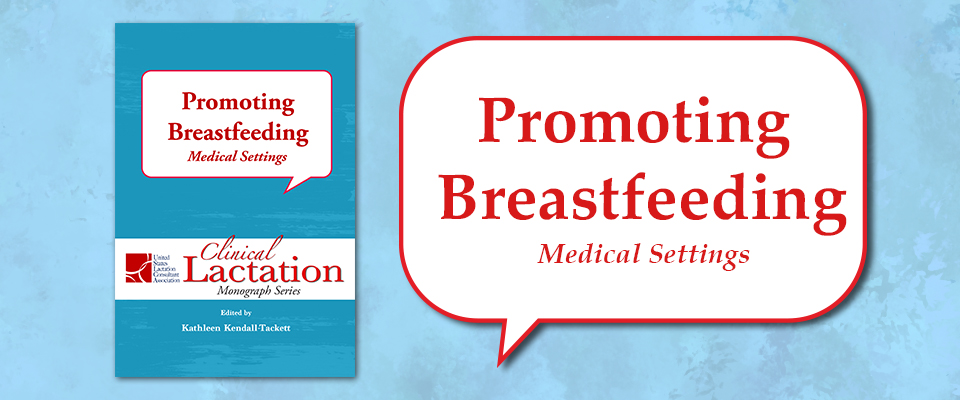


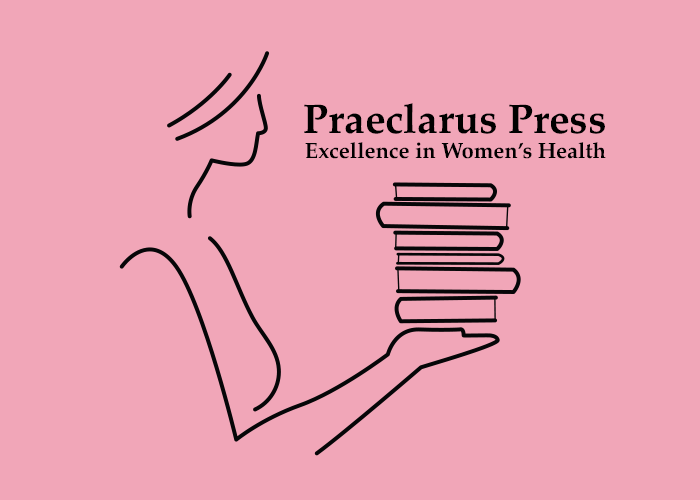



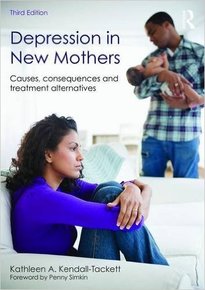


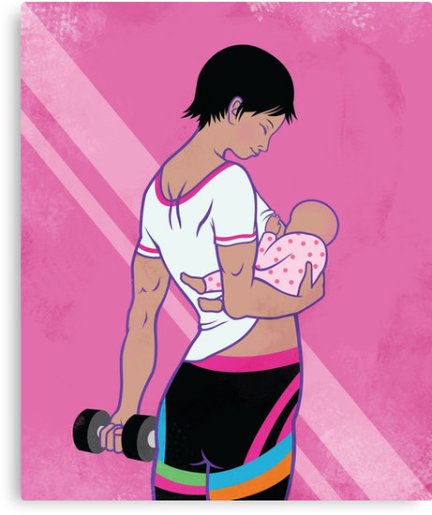






2 Pingback